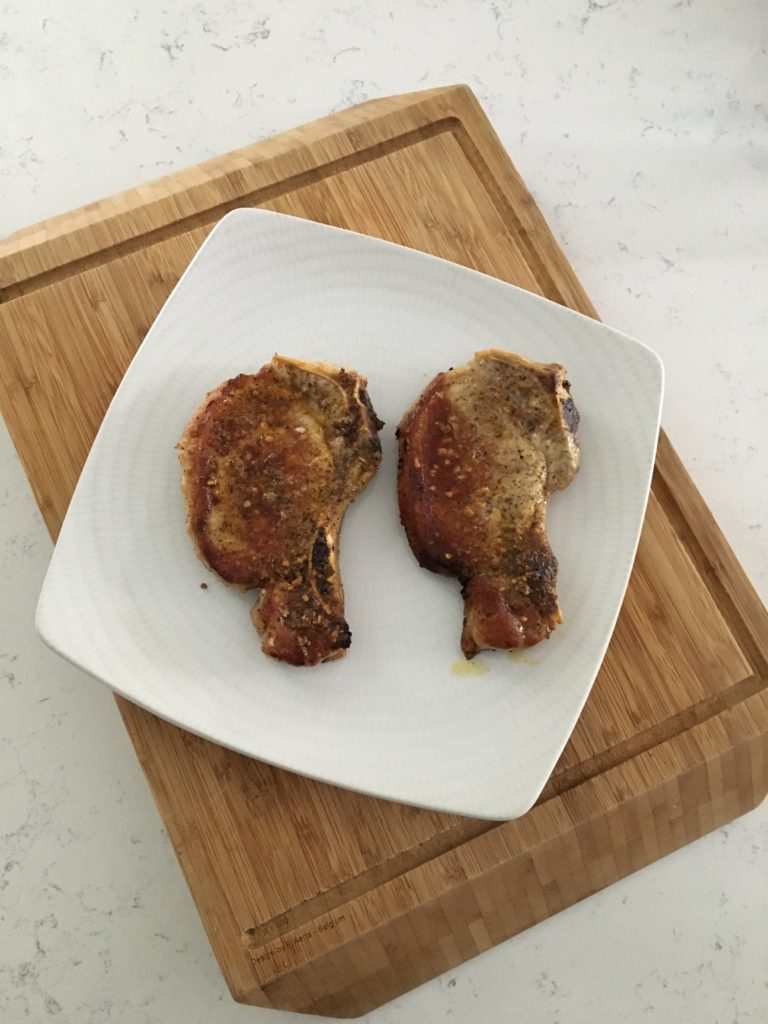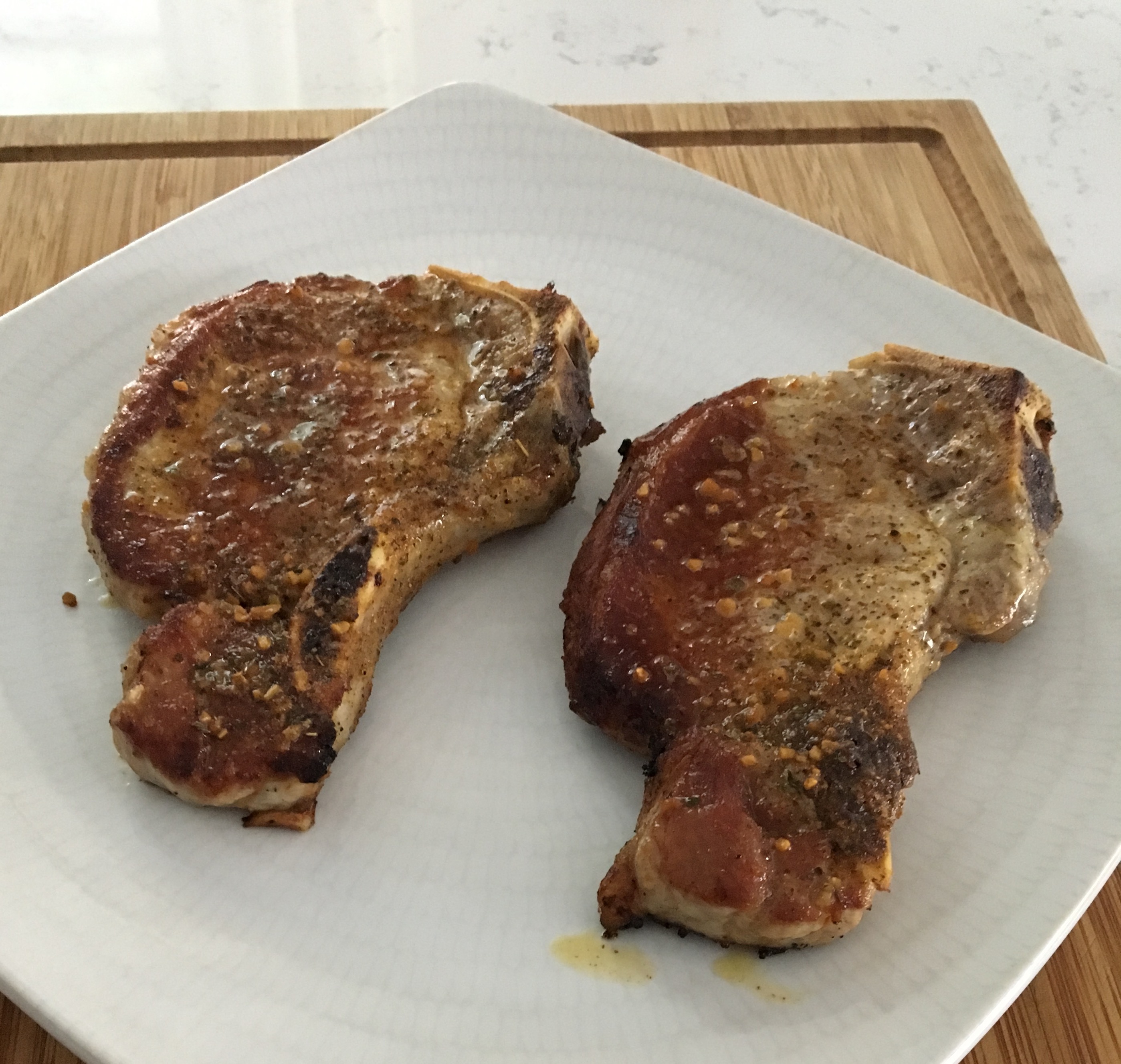With December upon us pumpkin fever will soon be coming to an end. Well, I don’t know about you but I’m not ready for that yet. In an attempt to keep my pumpkin love affair going until the well runs dry, I’ve got yet another pumpkin-themed recipe for you.
This recipe for Pumpkin Power Cookies is vegan, gluten-free and low on the glycemic index thanks to the wonders of coconut palm sugar, the latest sugar alternative to hit grocery stores. Made from the crystallized sap of coconut palm trees, this natural sweetener contains potassium, iron and vitamins and may help stabilize blood pressure and regulate spikes in blood sugar. Best of all, it can be used 1:1 to replace the sugar a recipe calls for and even acts like sugar in baking (meaning it creams well with butter and all that jazz).
I’ve raved about the benefits of pumpkin (fiber + vitamins A/C) before but it’s been a while since I’ve used this soapbox for a good old-fashioned dark chocolate speech. Here goes…
I used very dark chocolate (100% cacao) in this recipe. It’s not sweet and it’s not for everyone. Whether you go the vegan chocolate route or choose to opt for something a little milder (say 70-85% cacao), quality dark chocolate is rich in fiber, iron, magnesium, copper and manganese. It is also choc-full (I couldn’t resist) of antioxidants. Studies show that this dark beauty may even help lower bad LDL cholesterol, protect you from sun damage and lower blood pressure.
These cookies will not only satisfy your sweet tooth but are also a great pre-workout snack with 14g of gluten-free carbs to fuel your fire, heart-healthy fats and a few grams of protein (which you don’t want much of pre-workout anyway). At only 110 calories a pop, try munching on two 2-3 hours before your next workout and feel the pumpkin power!

Pumpkin Power Cookies
What You’ll Need:
- 1 cup brown rice flour
- ½ cup gluten-free rolled oats
- ½ tsp baking soda
- ½ tsp sea salt
- 1 tsp ground cinnamon
- ½ tsp ground nutmeg
- ½ tsp ground ginger
- ¼ tsp ground cloves
- ¾ cup organic pumpkin puree
- ½ cup coconut sugar
- ¼ cup extra virgin coconut oil, melted
- ½ tbs ground flaxseed
- 1 tsp vanilla extract
- 2-oz very dark chocolate (70-100%), coarsely chopped or chips
- ¼ cup pecan pieces (optional)
- ¼ cup cup dried tart cherries (optional)
- ¼ cup unsweetened shredded coconut (optional)
How to Make Them:
- Preheat oven to 350° F.
- In a large mixing bowl, combine rice flour, oats, baking soda, sea salt and spice.
- In another mixing bowl (preferably that of a standing mixer), combine pumpkin, sugar, coconut oil, flaxseed and vanilla.
- Slowly add dry ingredients (2) to wet (3) and mix on medium speed (or with a brisk whisk) until combined.
- Stir in chocolate chunks and any of the optional ingredients until evenly distributed throughout.
- Drop rounded tablespoons onto a non-stick cookie sheet. Flatten each mound slightly with a spoon or fork, leaving about 1 inch between each cookie.
- Bake for 14-16 minutes.
- Move cookies to a wire rack and cool completely (otherwise the might fall apart).
Yields 20 cookies.
Nutrition Info:
With all the fixings – 110 calories; 6g fat; 2g protein; 14g carbs
Without the optional ingredients – 88 calories; 4g fat; 1g protein; 12g carbs
Source: Self Nutrition Data













